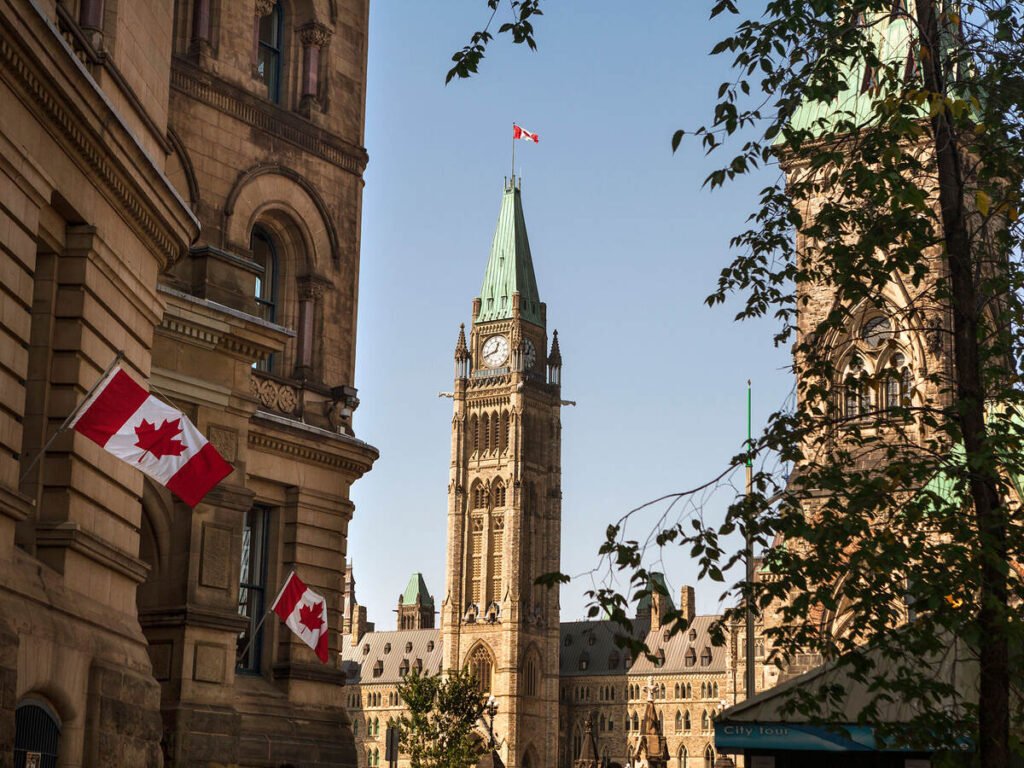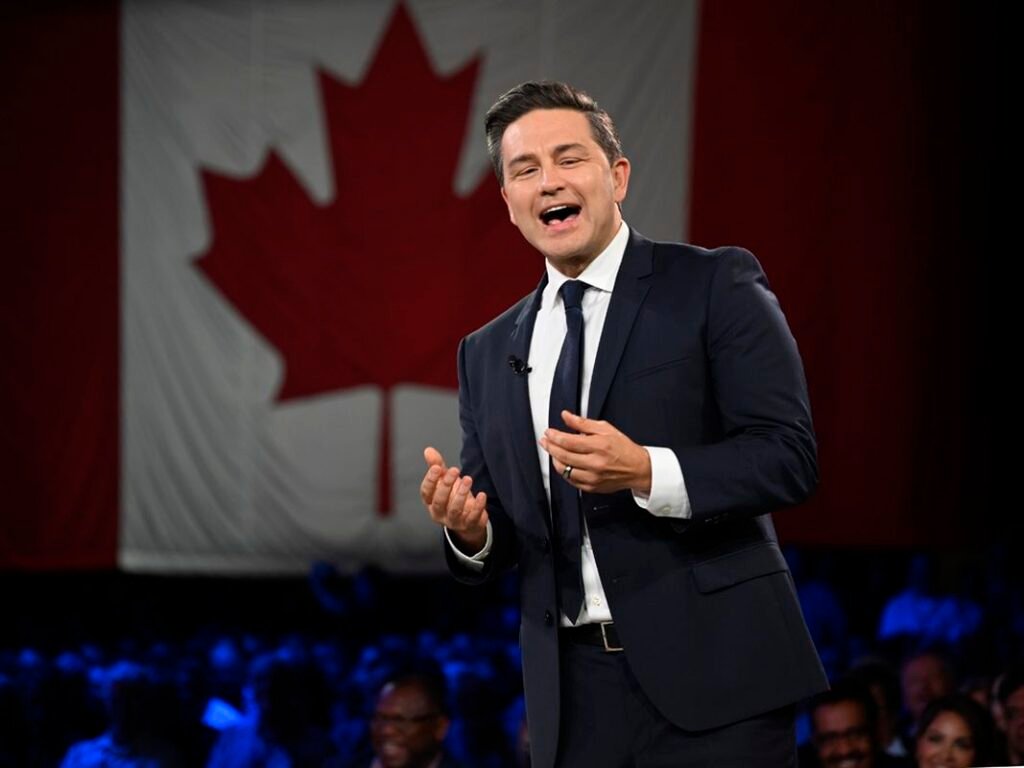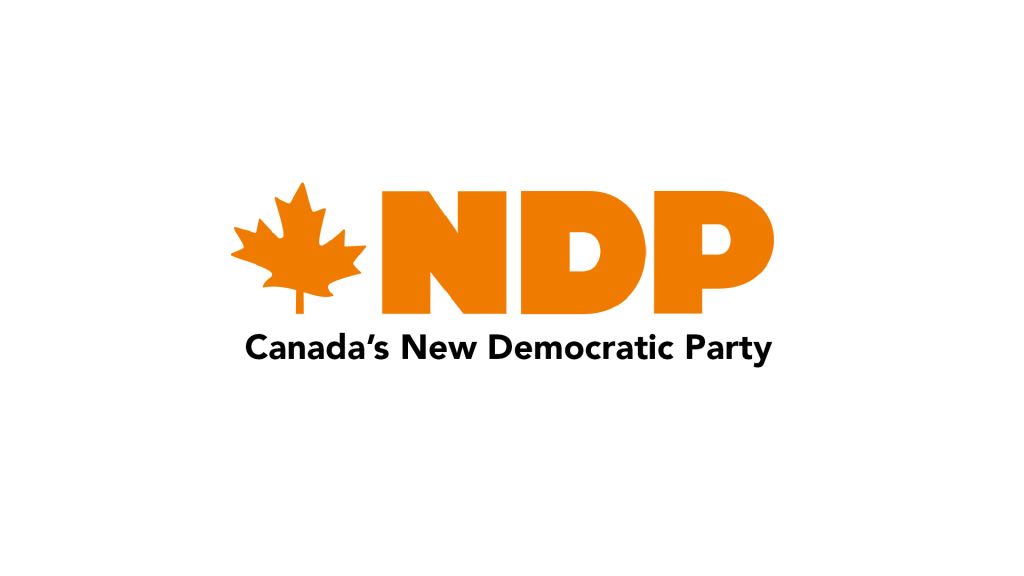On January 6, after two years of plunging poll numbers and mounting political pressure, Canadian Prime Minister Justin Trudeau announced his resignation. His decision to step down marks the culmination of a nearly decade-long tenure characterized by performative reformism that often failed to address Canada’s systemic challenges. In tandem with his resignation, Trudeau invoked the parliamentary procedure of prorogation, shutting down Parliament until March 24 to give the Liberal Party time to elect a new leader and prepare for an imminent election.
Trudeau’s leadership, once hailed for its progressive promises, will likely be remembered for its inability to move beyond neoliberal orthodoxy. His climate policies, exemplified by the national carbon tax, became a focal point of political contention. While initially implemented by conservative provincial governments in Alberta and British Columbia, the carbon tax faced widespread criticism, with Conservative leader Pierre Poilievre leveraging it as a scapegoat for Canada’s escalating cost of living.

Despite Trudeau’s rhetoric, Canada remains the only G7 nation to have increased its carbon emissions since 1990. Simultaneously, housing prices have soared, particularly in metropolitan hubs like Toronto and Vancouver, and economic inequality has reached unprecedented levels.
Faced with Poilievre’s commanding 20-point lead in the polls, Trudeau’s successor is almost certain to steer the Liberal Party rightward, reflecting the growing influence of conservative narratives in Canada’s political discourse.
The Liberal Party’s Shift to the Right
Chrystia Freeland, who resigned as finance minister and deputy prime minister on December 16, was instrumental in precipitating Trudeau’s resignation. Her departure, strategically timed to coincide with the government’s delayed fall economic update, signaled her intent to pursue Liberal leadership.

In her resignation letter, Freeland cited growing policy disagreements, particularly over Trudeau’s handling of U.S. President-elect Donald Trump’s threats to impose a 25% tariff on Canadian imports. Freeland emphasized the need for fiscal restraint, describing Trudeau’s proposed economic relief measures—such as a $250 rebate for Canadians earning less than $100,000—as “costly political gimmicks.”
Freeland’s approach to governance appears anchored in austerity, with little appetite for substantial social investment. Her staunch support for military spending and alignment with NATO’s 2% GDP target underscore a focus on international posturing over domestic welfare. At a recent Ukrainian Canadian Congress event, Freeland highlighted Canada’s $19.5 billion in aid to Ukraine, advocating for Alberta’s oil sands as an alternative to Russian energy. Her policies represent a continuity of neoliberal priorities: austerity at home, militarism abroad, and a disregard for the climate crisis.

The Contenders: Mark Carney and Christy Clark
Mark Carney, former governor of the Bank of Canada and the Bank of England, is another potential candidate for Liberal leadership. Though never elected to office, Carney’s globalist credentials make him a polarizing figure. His vague policy proposals, such as advocating for “change that brings us together,” offer little clarity on his vision for the party. However, his emphasis on “real rules on government spending” hints at a centrist approach focused on fiscal conservatism.
Pierre Poilievre has already begun positioning himself against Carney, branding him “Carbon Tax Carney” and portraying him as a symbol of the global elite—a narrative likely to resonate with Poilievre’s populist base.
Christy Clark, former premier of British Columbia, is also a rumored contender. Unlike federal Liberals, the BC Liberal Party has historically leaned right, a reflection of Clark’s tenure. Her policies included welfare cuts, reduced childcare funding, and an emphasis on job creation, often at the expense of addressing labor precarity. Her lack of ties to Trudeau’s government may give her a competitive edge, but her right-wing record could alienate moderate voters.
Other potential candidates include Mélanie Joly, François-Philippe Champagne, Jonathan Wilkinson, Anita Anand, and Dominic LeBlanc. However, the next Liberal leader will likely face insurmountable challenges, becoming a transitional figure destined for electoral defeat against Poilievre.

The Rise of Pierre Poilievre
Poilievre’s political ascent reflects a broader rightward shift in Canadian politics. With a commanding lead in the polls, he has effectively channeled public frustration over economic inequality, housing crises, and rising living costs into support for his populist platform. By framing himself as a champion of the working class, Poilievre has managed to rally diverse demographics, including young voters and unionized workers.
However, Poilievre’s promises to revitalize the economy and address systemic issues lack substantive solutions. His campaign rhetoric—such as opposition to the carbon tax and calls to “axe the tax”—offers simplistic answers to complex challenges. Should he win, his administration will likely face immediate crises, from economic instability to growing public discontent. Poilievre’s populism, like Trudeau’s progressivism, may prove ill-equipped to address Canada’s entrenched socioeconomic issues.

A Narrowing Political Spectrum
The resignation of Trudeau and the likely electoral defeat of his successor signify a pivotal moment in Canadian politics. The Liberal Party’s anticipated shift rightward will further erode the space for progressive discourse, cementing a political landscape dominated by neoliberal and conservative ideologies.
The New Democratic Party (NDP), historically positioned as a socialist alternative, has struggled to distinguish itself amid this realignment. Its 2022 pact with the Liberals, aimed at securing modest social measures like dental care subsidies and anti-scab legislation, has left lingering political fallout. The NDP’s inability to mount a robust challenge to the status quo reflects the broader decline of left-wing politics in Canada.
In conclusion, as Canada approaches its next election, the political climate is defined by polarization, economic uncertainty, and growing dissatisfaction with traditional parties. The fall of Trudeau’s government underscores the failures of performative reformism, while the rise of Poilievre signals the ascendancy of a populist conservatism that offers little in the way of genuine solutions.
This moment calls for a reinvigorated focus on systemic change. To confront the crises of inequality, climate change, and political disenfranchisement, Canada must look beyond neoliberal orthodoxy and right-wing populism. A new political movement rooted in solidarity, social justice, and collective action is essential to addressing the challenges ahead.

